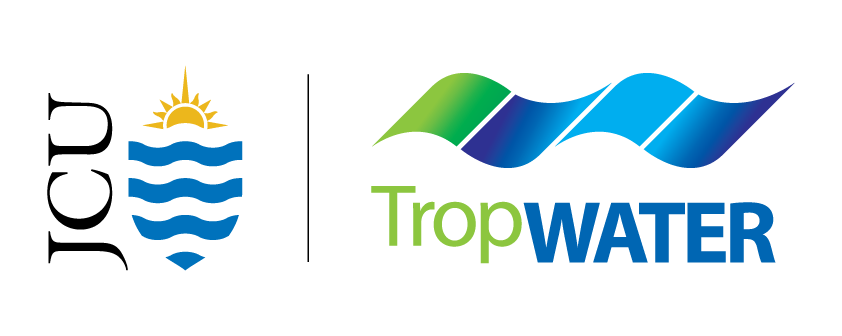Identifying sediments in the Bowen, Broken and Bogie catchments
- Tropwater JCU
- Jul 12, 2022
- 2 min read
Updated: Dec 3, 2024

Graziers and scientists are working together to understand how, when, and where sediment moves from the land into the Bowen, Broken, and Bogie catchments – building a more accurate understanding of the local water quality.
Over the past four wet seasons, JCU TropWATER scientists Zoe Bainbridge and Steve Lewis have worked with local graziers and NQ Dry Tropics’ Landholders Driving Change project team to run the LDC Community Water Quality Monitoring Group, collecting and analyzing water samples across nine river and creek sites during high rainfall events.
The program is helping improve scientists’ and landholders’ understanding of the loss of soil and the nutrients attached to this soil that travel from the land into waterways during high rainfall.
“The aim is to help identify the main source areas of sediment within the catchment and work with landholders to prevent fine sediment flowing out to the Great Barrier Reef,” researcher Zoe Bainbridge said.
Latest results: The 2021–22 wet season
Despite limited rainfall in the Collinsville region this wet season, more than 50 water samples were collected by graziers during local streamflow events and delivered to TropWATER to be analyzed for phosphorus, nitrogen, and sediment content.
Early results show the Bowen River sub-catchment is an area highly susceptible to soil loss, most likely due to soil types prone to erosion.
The full report will be available later this year.
Big picture: How the data will be used
The water quality data collected from this project is paired with historical water quality and sediment source tracing data, giving an improved understanding of the sediment sources and transport processes within these catchments.
These valuable datasets are being used by the Paddock to Reef Program’s catchment modelers to improve the spatial model representation of water quality across the Bowen Broken and Bogie catchments, including how this relates to land management changes within the catchment.
LDC Community Water Quality Monitoring Project is a collaborative effort between NQ Dry Tropics’ Landholders Driving Change and JCU TropWATER Centre, funded by the partnership between the Australian Government’s Reef Trust and the Great Barrier Reef Foundation, and the Office of the Great Barrier Reef.


